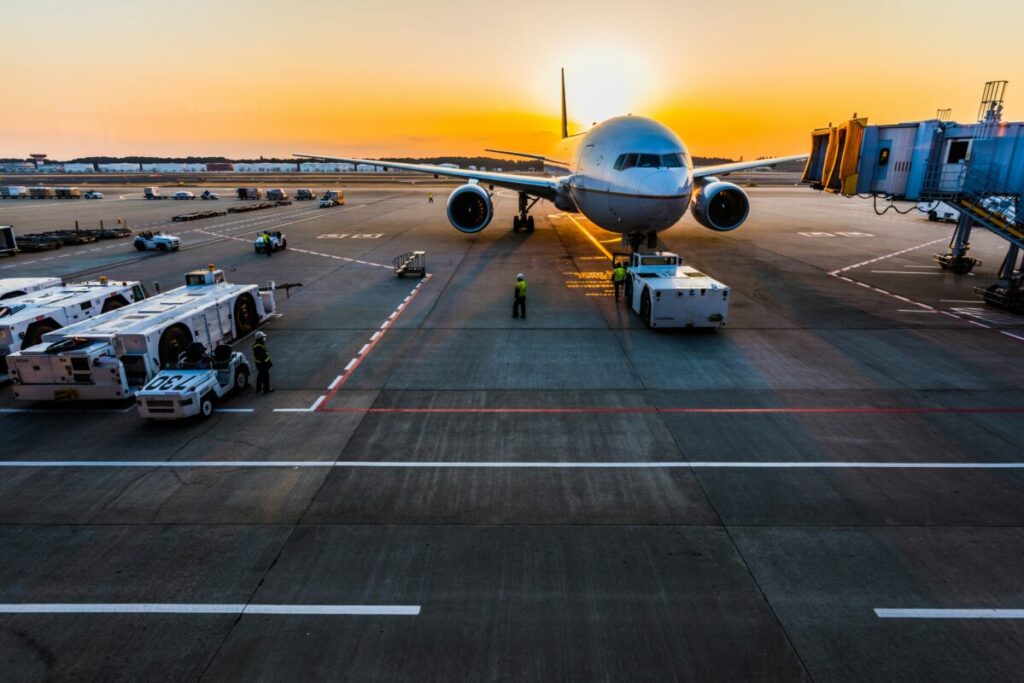
London Stansted Airport has appointed EDF Renewables to build and operate a new 14.3MW solar PV power plant.
In a first-of-its-kind move for a London airport, EDF Renewables will develop the solar PV power plant to support Stansted’s growing electricity demands, which are partially driven by the airport’s increased use of electric vehicles across the site. The new development will be located at High House Farm, on land owned by Stansted and immediately to the east of London’s third busiest airport.
Construction of the site is set to begin early this year. It will include biodiversity and landscape enhancements such as the planting of over 50 new trees, a 19-hectare wildflower meadow, and 750 metres of new hedgerows.
Deanna Greenhalgh, director of development at SAS Energy, EDF Renewables UK’s commercial and industrial solar division, said: “We are delighted to be working with London Stansted to construct and operate this new solar farm. The project will lead the way in showing how important transport hubs such as London Stansted can progress towards net zero targets.”
Mike Hardaker, London Stansted’s chief asset and development officer, added: “London Stansted has a long and proud track record of sustainable development and a commitment to deliver the airport’s future growth in the most responsible way possible.
“The development will see the airport generating its own renewable electricity on-site, connecting directly to our own private network, increasing the security of energy supply while at the same time freeing up renewable energy we currently purchase for others to use elsewhere on the grid.”
Decarbonising London transport
This is not the first time the nation’s capital has turned to solar to aid the decarbonisation of its transport.
In November last year, Transport for London (TfL) opened a competitive bidding round for solar developers interested in designing and building custom solar PV plants to power the London Underground network as part of its plan to use 100% renewable energy across its entire network by 2030.
TfL is seeking a delivery partner to design and deliver proposals for solar developments of up to 64MW, equivalent to around 5% of the electricity needed to run the London Underground network. The final development will use a private wire system to entirely bypass local grid infrastructure, reducing pressure on the grid network.
Airports outside the capital have also been exploring the potential of solar PV in reducing their climate impact. In November, South Ayrshire council approved the installation of a solar facility to power the National Air Traffic Services site in Prestwick, Scotland, and a recently completed rooftop installation at Farnborough Airport is able to meet up to a quarter of the airport’s annual electricity needs.

